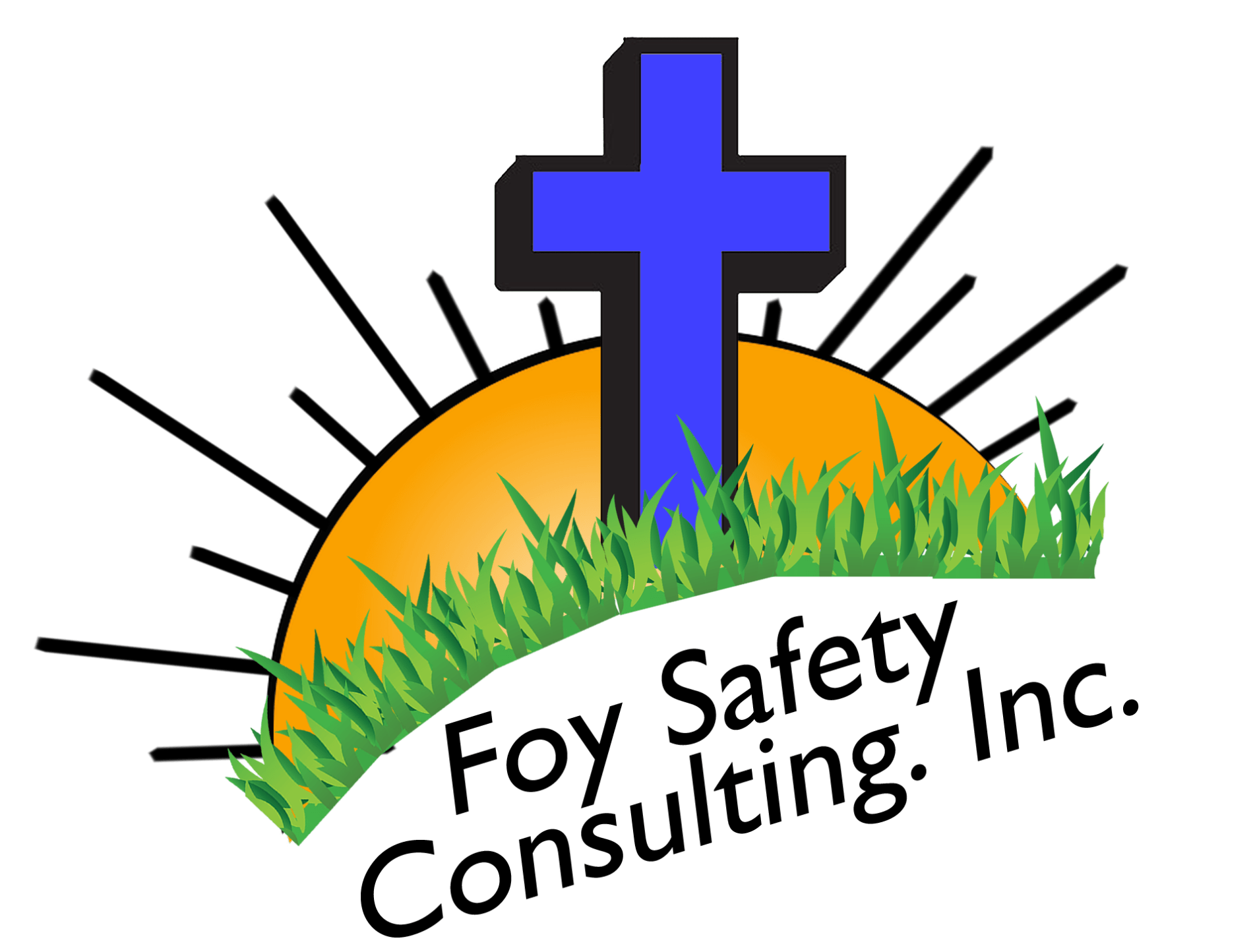We have already touched on some of the hazards that come with Winter, which you can read more about here, but we must continue to do in-depth discussions about winter hazards. High winds are only one of the many dangers that come with Winter, but the silent threat is the cold temperature. Both workers and employers need to understand that hypothermia and frostbite are serious safety hazards and must treat them as such.
The Risks
When one has worked in the cold for long enough, their body becomes susceptible to cold stress, hypothermia, frostbite, and trench foot. Each of these is a severe health hazard that should be taken seriously if discovered.
According to OSHA, cold stress occurs when the body can no longer maintain the proper core temperature (98° F). Cold stress can lead to hypothermia and frostbite if not adequately taken care of. During cold stress, the body begins to shift heat from the hands and feet to the more critical parts of the body, such as the chest and abdomen. This shift causes the other parts of the body to cool rapidly, leading to hypothermia and frostbite.
Hypothermia
According to OSHA, it occurs when the body loses heat so rapidly that it cannot replace it.
Symptoms (Mild):
- The person will appear stressed or alert
- The person will be shivering, rubbing, walking, or stomping to generate heat
Symptoms (Moderate – Severe):
- Loss of coordination, confusion, disorientation
- Slowed breathing and pulse
- Loss of consciousness
If the symptoms are not taken seriously, death is possible. Immediate action is necessary to combat hypothermia.
Treatment:
- Move the person to a warm, dry area
- If they are conscious, give them warm drinks to help increase body temperature
- Place warm packs under armpits, sides of chest, and groin
- If their situation worsens, call 911 immediately.
Frostbite
According to OSHA, is an injury where the body and underlying tissue freeze. In severe cases, amputation may be required.
Symptoms:
- gray or white patches occur on the affected area
- affected areas will feel numb
- the area feels firm/stiff or hard
- In severe cases, blisters may appear on the affected area
Treatment:
- Place the victim in a warm area, but do not try to rewarm the affected area. If the rewarmed area gets frozen again, further tissue damage can occur. Instead, after placing the victim in a warm area, call 911 immediately and wait for medical professionals to arrive.
Trench foot,
OSHA states that this is a condition where the feet are exposed to cold, wet conditions for extended periods.
Symptoms:
- The affected area will experience redness, numbness, swelling, and blisters in worst-case scenarios.
Treatment:
- Remove shoes and wet socks immediately
- Dry the feet and place in a warm area
- Call 911 in extreme cases
All these injuries should be taken seriously, and medical treatment should be sought out as soon as possible. It is vital that both workers and employers receive proper training to prepare for these dangers, and that both parties can recognize the beginning symptoms of cold stress to prevent hypothermia, frostbite, and trench foot. Winter can be difficult for construction workers; therefore, it is up to employers to ensure their workers have a warm area, proper equipment, and training. If you have any questions regarding the above, please do not hesitate to reach out to us! We are willing to answer all of your questions!


